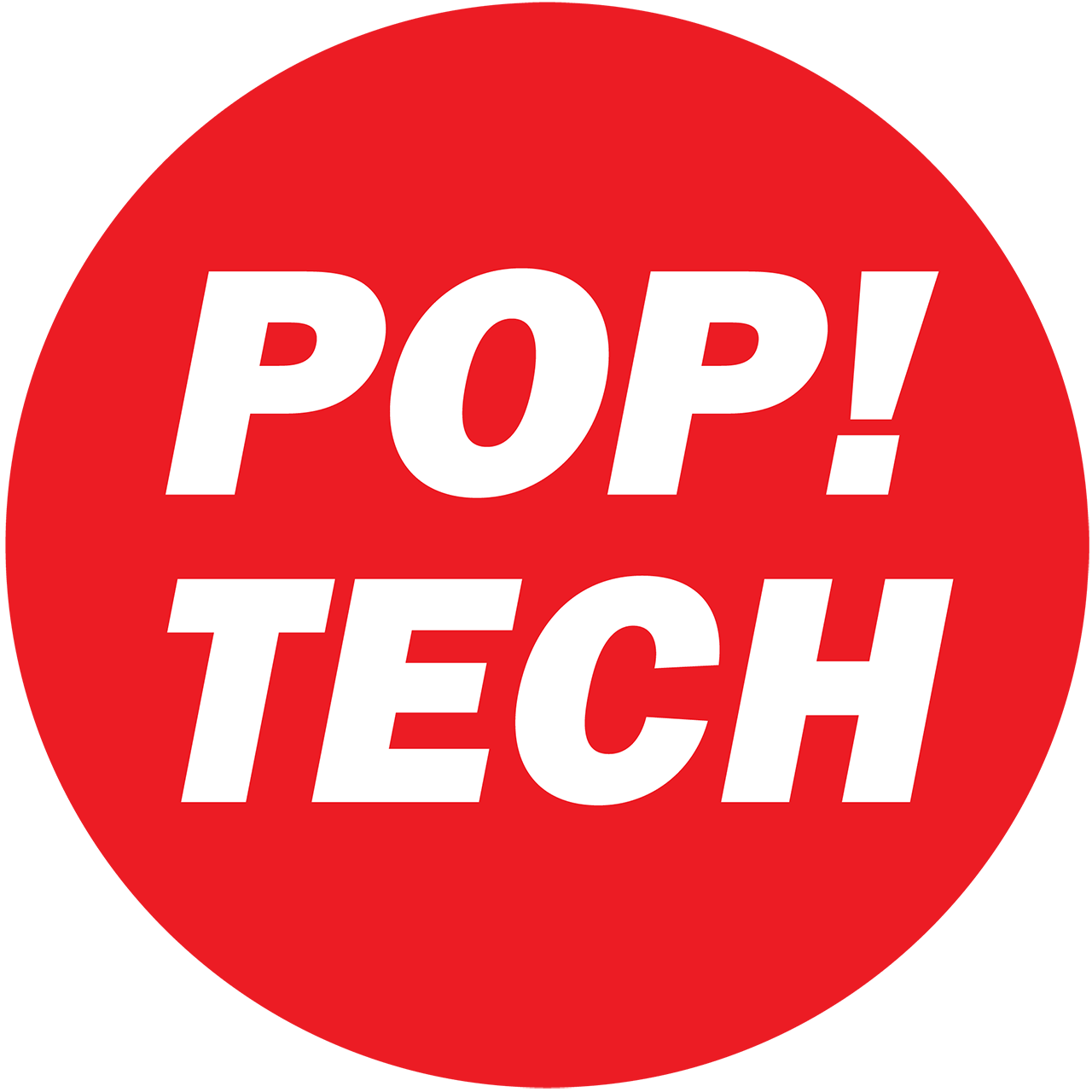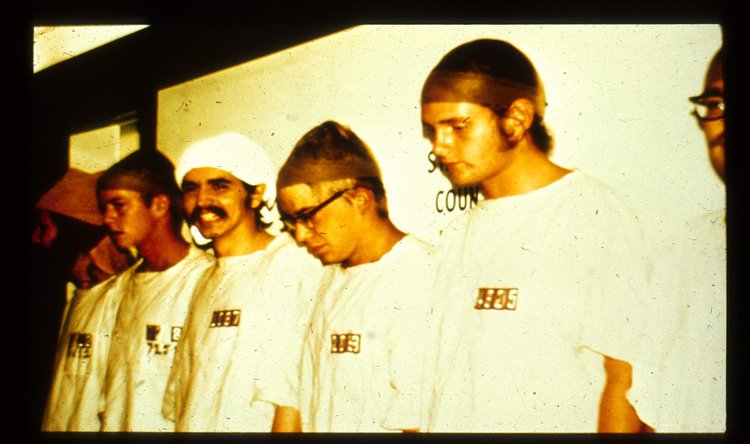Jay Rogers : I Challenge You to Make Cool Cars
/ Jay Rogers, photo by Kris Krüg
Jay Rogers, photo by Kris Krüg
John “Jay” Rogers is dedicated to transforming the auto industry. He tells us that we’ve got a problem with cars, “a challenge that we can all ride in to together in a successful automobile.” Our problem is with “frictional unemployment”.
He shows us the Nissan Smyrna plant, a huge plant in Tennessee that can produce 500,000 vehicles a year. It’s not producing that many today, because we don’t want those cars. And the Smyrna plant can’t operate below 50,000 a year.
In Detroit, we’re facing more than 25% unemployment. If we can’t deal with frictional unemployment, Smyrna might look like Detroit. The solution, he tells us, is local motor companies.
Rogers tells us that his story starts ten years ago in 1999 as a US Marine. He was an infrantryman, removing explosives from the road. And he befriended a Shia muslim named Saffa who worked in the camp. One day on the way to work, two thugs pulled over Saffa’s car and shot his three female companions. They told him that they’d shoot him and his family if he continued working with the coalition forces. Saffa came to work the next day, and said, “I decided to stand up for my people, my family, my future and came to work.” He made a commitment, to promise something better for his family.
We’ve got a choice – we need to become more connected to our vehicles and the life that surrounds them. Cars and light trucks use 71% of imported and domestic oil, he tells us. Rogers’s grandfather was an automotive innovator, the distributor for Cummings diesel on the East Coast, and put the first diesel engine into a car. He crowdsourced the cure for rheumatic fever, funding scientists around the world. And he owned the Indian motorcycle company – from 1944-54 – but had to shut it down because he couldn’t make money at the business. In the wake of that financial disaster, he created a newsletter – the Rogers Roundup – which Jay terms as “blogging 0.5”. His grandfather “gave me the curse – the curse of Preston Tucker,” the belief that Americans could build revolutionary, innovative automobiles.
We need to invest in basic science, basic homebuilding and basic work, and we’ll be able to do a lot. Paula Dean and Bobby Flay show us how to make our own gourmet food. We need to become do-it-yourselfers with cars. The Prius isn’t the most efficient thing on the road – it’s the least efficient car except for all the others, because there’s a “stretched chain” from the truly innovative technologies to actual automotive production. Car manufacturers can’t innovate because they don’t own the dealerships and can’t support the new technology. So we need to move to local manufacturing so that we can innovate and support the car with the same infrastrucure.
We need to make cars that people deeply desire. We need to make cool cars, cars people really want. We don’t need incentives – we need cool cars.
The motto of Rogers’s company, Local Motors, is “Make Cool Cars”. COOL is an acronym, for “Community, Open, Ownership, Local.” The company is based in Southeastern Massachusetts and works very closely with a community of local innovators, who love to come and talk about cars. They host design competitions and prize-based innovation systems. They’ve generated 44,000 shared designs in 16 months, shared via Creative Commons. They’re an open source company – you can see how they put together their chassis and their bodies. What would happen to closed industries if we opened their designs for things like battery systems? They’d go broke very quickly. (He sneers, “Tesla”, while making this point.)
To transform cars, we need to transform ownership. You need to be more connected with your car, becoming a better steward of it. You come locally and spend two weekends learning about the construction of your car. Local motors is making local cars for different areas, asking what people in different communities want from their cars. They run design, engineering and other competitions to get people even more involved with the process.
They’re bringing a car – a desert racer – called “the Rally Fighter” to the market. It can drive over huge potholes, has a dual fuel engine, and uses lightweight materials. You could use all sorts of powerplants to support this, including the power from your Tesla. It cost $1.3 million, instead of the hundreds of millions required to build a conventional new car. They use other people’s engines, brakes and components. The end result is a car that can be made 5x faster with a hundredth of the capital, a car that’s open, creative and beautiful. He encourages us to come to one of his microfactories and to make cool cars.










